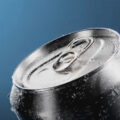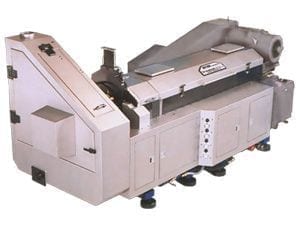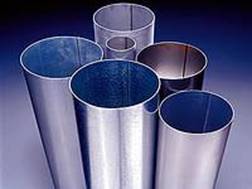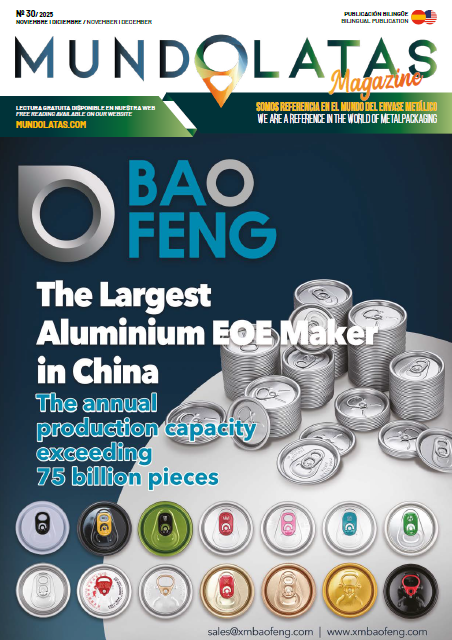Understanding and Addressing the Can Defect: Puckers
Introduction
In the can manufacturing industry, ensuring the quality of the final product is of utmost importance. Defects in cans can lead to various issues, such as compromised product integrity, spoilage, and even recalls. One such defect that can occur during the can-making process is known as “puckers.” This article will provide a detailed explanation of puckers, their causes, and potential solutions to address this defect.
What are Puckers?
Puckers are a type of can defect characterized by small, irregular wrinkles or folds that appear on the can body, usually near the neck or shoulder area. These imperfections can affect the overall appearance and functionality of the can, as well as its ability to maintain an airtight seal. Puckers can occur in both two-piece and three-piece cans, and are typically more prevalent in cans made from aluminum or tinplate.
Causes of Puckers
Puckers can be caused by various factors during the can-making process. Some of the most common causes include:
- Improper Material Properties: The properties of the metal sheet used in can manufacturing, such as its thickness, hardness, and grain structure, can significantly impact the formation of puckers. If the material is too thin or too hard, it may not have the necessary flexibility to form smoothly around the neck and shoulder areas of the can.
- Inadequate Lubrication: Insufficient lubrication during the can-forming process can result in increased friction between the metal sheet and the forming tools, leading to the formation of puckers. Proper lubrication is essential to ensure smooth and uniform deformation of the metal.
- Incorrect Tooling Geometry: The geometry of the forming tools, such as the punch and die, plays a crucial role in the can-making process. If the tools are not designed or maintained correctly, they can cause uneven deformation of the metal sheet, resulting in puckers.
- Inadequate Forming Speed: The speed at which the can is formed can also impact the formation of puckers. If the forming speed is too high, the metal may not have enough time to flow smoothly, leading to the development of wrinkles or folds.
Solutions to Address Puckers
To minimize the occurrence of puckers in can manufacturing, several measures can be taken:
- Material Selection: Ensure that the metal sheet used for can manufacturing has the appropriate thickness, hardness, and grain structure. Consult with material suppliers to select the most suitable material for the specific can design and application.
- Lubrication: Maintain proper lubrication during the can-forming process to reduce friction between the metal sheet and the forming tools. Regularly check and replenish lubricants, and consider using advanced lubrication systems that provide consistent and uniform coverage.
- Tooling Geometry: Regularly inspect and maintain the forming tools to ensure their geometry is correct and free from wear or damage. Work with tooling suppliers to optimize tool design and material selection for the specific can manufacturing process.
- Forming Speed: Adjust the forming speed to allow sufficient time for the metal to flow smoothly during the can-making process. Experiment with different forming speeds to find the optimal balance between production efficiency and defect prevention.
Conclusion
Puckers are a common can defect that can negatively impact the appearance and functionality of cans. By understanding the causes of puckers and implementing appropriate measures to address them, manufacturers can improve the overall quality and reliability of their products. Regular monitoring, maintenance, and optimization of the can-making process are essential to minimize the occurrence of puckers and ensure the production of high-quality cans.













